Two Vessels, Two DSRVs
As the implosion accident of the “Titan” submersible made headlines in 2023, the world once more recognized the difficulty of underwater search and rescue operations.
The exact same can be said for naval submarines, whose crew constantly face the risk of losing their lives from the slightest accident. Of course, measures have been developed to make a rescue attempt for submarines stranded underwater, with the most notable being the Submarine Rescue Ships.
Being an island nation surrounded by water and hosting a sizable submarine fleet, Japan has long understood the necessity of these submarine rescue ships, starting with the first “Chihaya-class” in 1961.
- General Overview
| Chihaya | Chiyoda | |
| Displacement | 5,450 tons | 5,600 tons |
| Length | 128m (420ft) |
|
| Beam | 20m (65.6ft) |
|
| Crew | 125 people | 120 people |
| Speed | 20knots (37km/h, 23mph) |
|
| Range | 11,000km(460 miles) |
|
| Equipment | DSRV×1、UUV×1 | |
| Unit Price | 500 million USD |
|
Japan’s Maritime Self-Defense Force (JMSDF) currently operates two submarine rescue ships called Chihaya and Chiyoda, each being the second JMSDF vessel to bear such name.
While these vessels have been granted specialized equipments for deepwater rescue operations, perhaps the most vital asset is the Deep Submergence Rescue Vehicle or DSRV for short.
This rather tiny submersible can not only dive up to 2,000 meters or 6,500 feet below the surface, but also directly connect to the submarine’s hatch and rescue its crew members.
Thanks to its outstanding resistance capability against water pressure, the DSRV is regarded as the key to submarine rescue operations, though the small craft can only carry around ten people at a time.
Considering the five-hour round trip between the DSRV and its mothership, rescuing the entire submarine crew, usually numbering around 60〜70 people, is no easy task, especially with the decreasing oxygen level.
To slightly relieve this constraint, the DSRV on board the Chiyoda can accommodate up to twelve people compared to the Chihaya’s capacity of sixteen.
 Chiyoda’s DSRV
Chiyoda’s DSRV
These DSRVs are typically operated by two people, who use sonars, searchlights, cameras to search the dark depths of the ocean, while removing any debris with the robotic arm attached on the submersible’s exterior.
However, since the DSRVs are completely reliant on batteries, the search party simultaneously uses unmanned underwater vehicles (UUV) that are capable of longer operations.
After the submarine crew is brought up to the surface on the DSRV, it is then the submarine rescue ship’s job to provide medical assistance and accommodation. To address the risk of decompression sickness, a symptom triggered by a rapid change in pressure, the ships are fully equipped with a decompression chamber and surgical operating room.
These medical facilities have been significantly upgraded from the previous submarine rescue ships, though at the expense of replenishment capabilities and leisure space, something unsurprisingly missed by the submarine crew.
Independent Rescue Structure
While submarines are operated by many navies across the globe, only a handful possess the ability to rescue them from the deep seabed, mostly due to the expensive cost of the rescue vessels.
In this regard, Japan stands out as a rare nation who has managed to establish an independent rescue structure, by operating their own submarine rescue ships and DSRVs.
For instance, most European countries cooperate by forming a joint rescue system within the NATO alliance, and even the United States, which had submarine rescue ships until recently, has transitioned to a method where only the DSRVs are carried on separate submarines.
Hence, Japan’s fleet of two submarine rescue vessels and two DSRVs, with the latter each costing well over 100 million USD, is both exceptional and impressive for a single country.
This not only highlights JMSDF’s resolve towards saving their own, but also contributes in alleviating the submariners’ anxiety during underwater operations.
For obvious reasons, submarines have low survival rates compared to surface ships when encountering accidents or engaging the enemy, thereby making the existence of a rescue ship crucial for crew morale.
Having a rescue system is in place does help out in reducing overall fear and providing a glimmer of hope during desperate situations, at least to a certain measure.
Of course, this does not alter the perilous nature of working aboard a submarine, but there is a huge difference in not having any means of survival and knowing that people are attempting rescue.

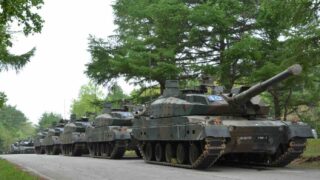
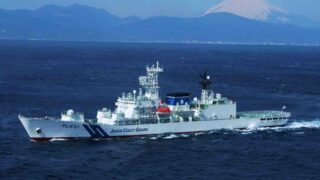
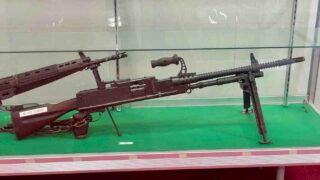
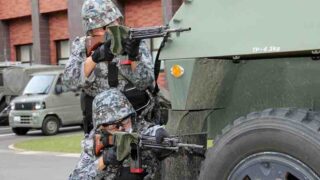

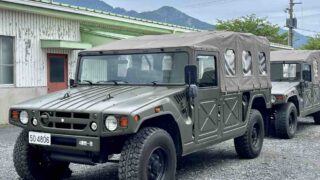

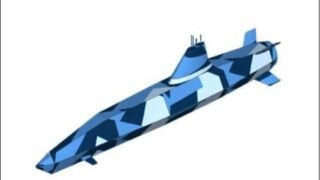

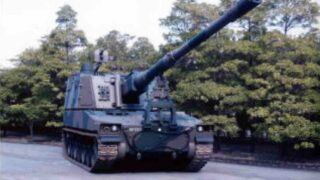
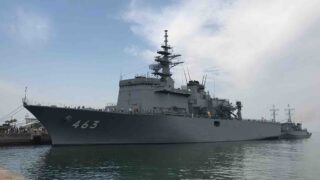
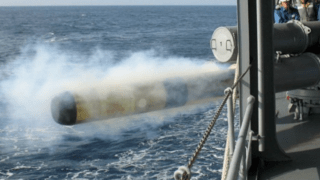
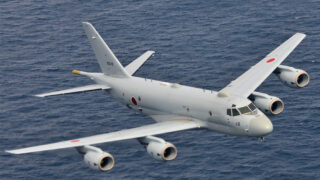
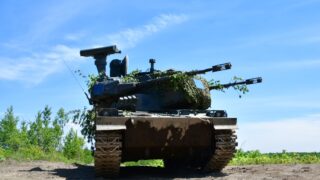

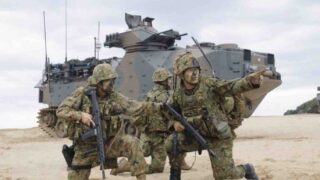
-320x180.jpg)
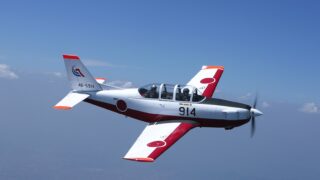
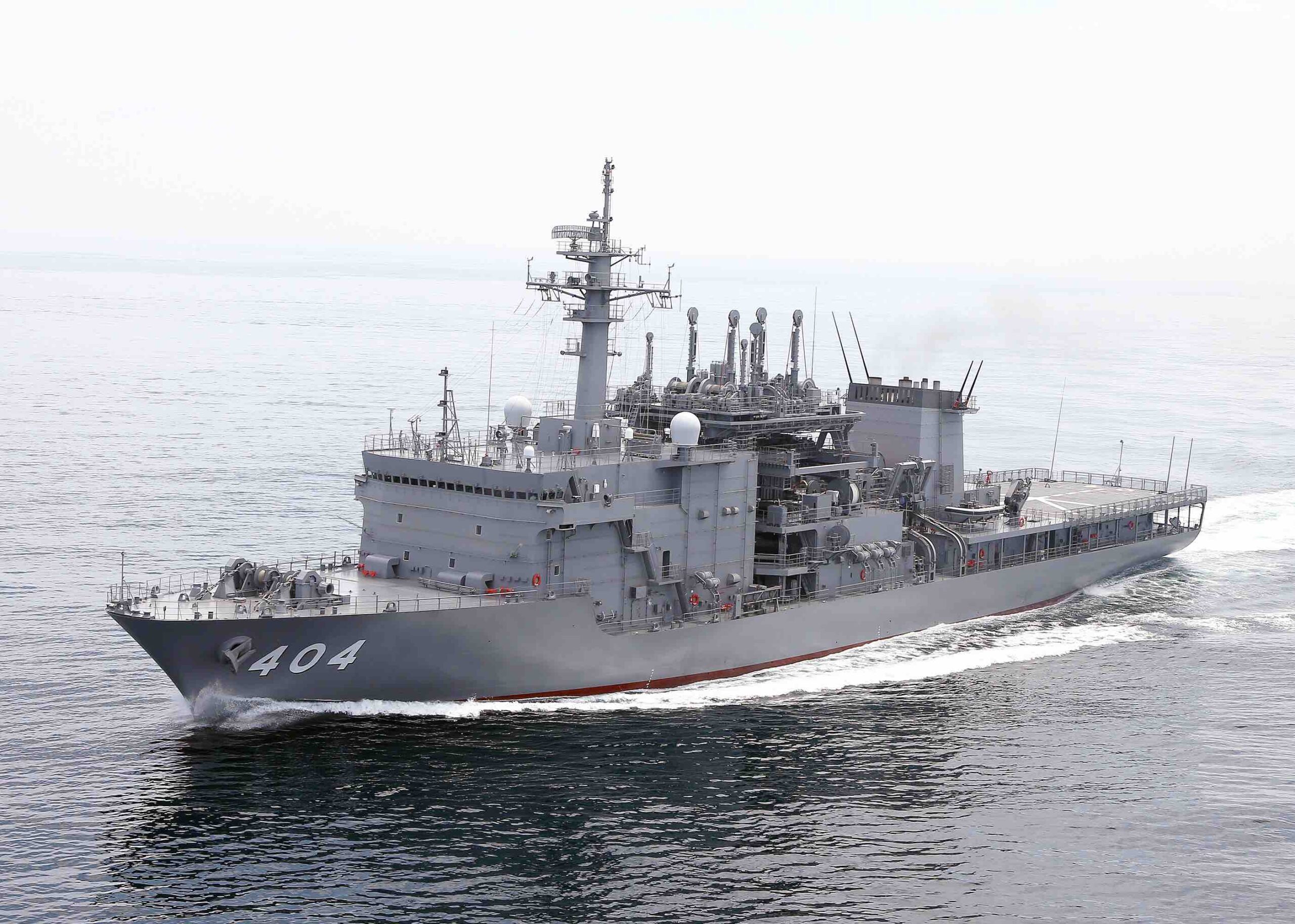
Comments